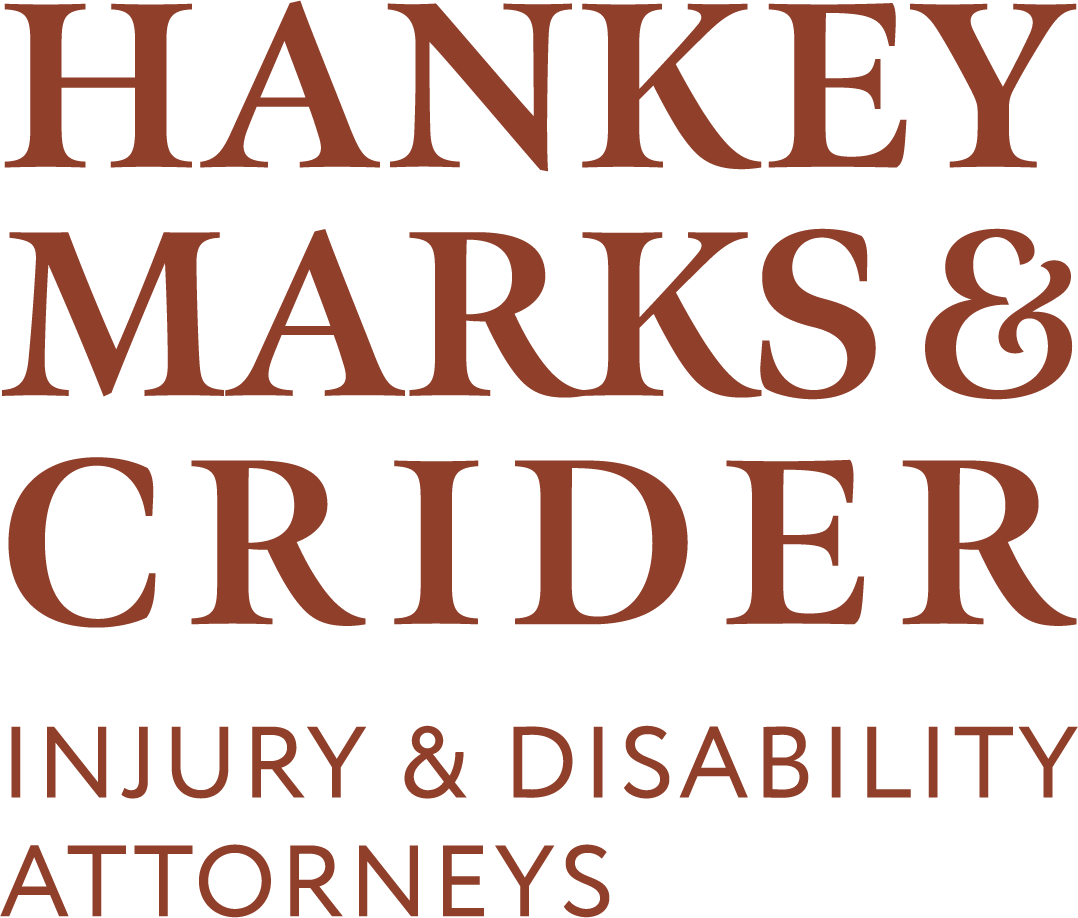Hi, I’m attorney Megan Cain from Hankey Marks & Crider. If you’re watching this video, you may have recently been involved in a car accident. First of all, I hope you’re doing okay. I know it can be a scary time and you’re not sure where to turn. Hopefully this video will give you some tips on what to do next.
Tip #1: It’s very important to get treatment after your accident. A lot of times you feel you’re a little sore but not sure if it warrants going to the doctor or going to the emergency room or what you should do. My advice to you, as an attorney, would be to get be to get treatment; because if down the road you do end up filing a claim against the insurance company you’ll need to have proof that indicates you actually had these problems during the accident and you were injured at the time. So, don’t hesitate to get treatment. That’s very, very important for your case. Other questions you may have may be about your car or any property damage that you sustained during the accident, sometimes it’s totaled, and sometimes it’s drivable. The number one thing is to consult an attorney after an accident so you can know your options and rights.
Tip #2: Make sure to keep a log of what went down the day of the accident. Most of the time it’s a frantic day and you can’t remember after the fact. So, I encourage you to write down who was with you, any witnesses that may have been at the scene, what the weather was like, what you were wearing, what the other side did after the accident. These are all things that may not seem important in the moment but after the fact if a claim does not get filed they become very important. So, I encourage you to keep a log and write those things down if you can.
Third tip: Is to take pictures. Take pictures of your car, take pictures of the scene, take pictures of your injuries. Again those things become important after the fact and if you do file a claim, we’ll need that for evidence.
Tip #4: Try to be aware of your surroundings. Again, I know it’s a very hectic day if you’re in a car accident, but oftentimes businesses, lets for example, banks or gas stations around the area that you had the wreck will actually have footage of that specific day and that becomes very helpful to prove liability down the road. There are two parts to any personal injury case. The first is liability, meaning we need to make sure that we can hold the party who injured you accountable. So, we do that with evidence by showing they were at fault. We do that through police reports, video footage, pictures, statements, things of that nature. So, again, I know it’s a very hectic day the day of the accident; it’s important to compile that and tell your lawyer that so that we can make the best case possible. The second component and a very important component of any personal injury suit is damages. What damages are is essentially treatment: medical coverage, medical bills that shows you are injured and that you need compensation for that injury. You know the point of a lawsuit is to make you whole again. It’s essentially to put you in the place that you were at before you were hit by that car or before you know you were hit by that train. In order to do that, we have to have medical records and medical bills that show your loss and your injuries. So again, liability and damages, very two important concepts for any personal injury case.
So, if you’ve been injured in an accident call Hankey Marks & Crider today for a free consultation. I’d be happy to sit down with you and talk about your case and what your legal options are. Again, this is Megan Cain from Hankey Marks & Crider.


